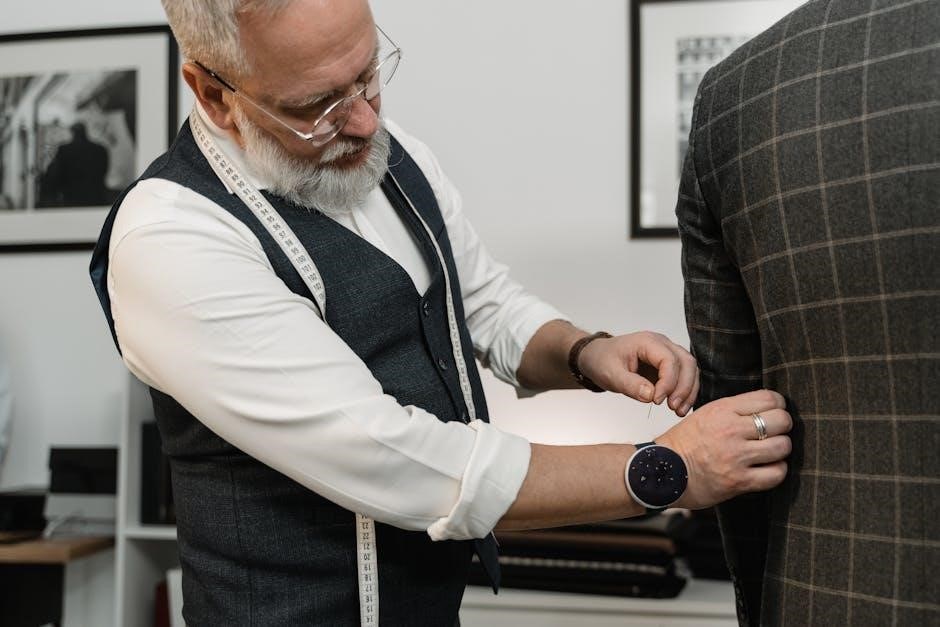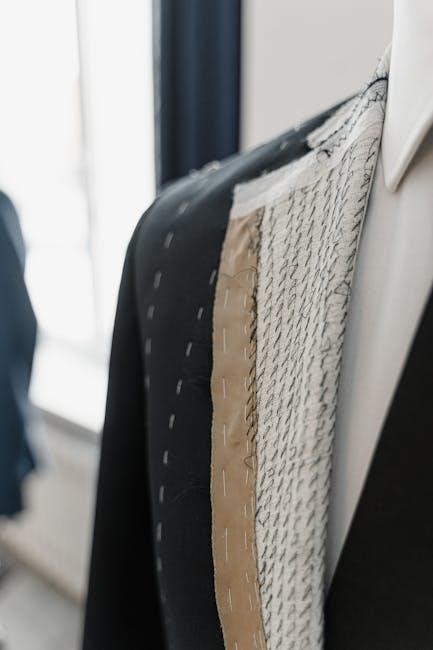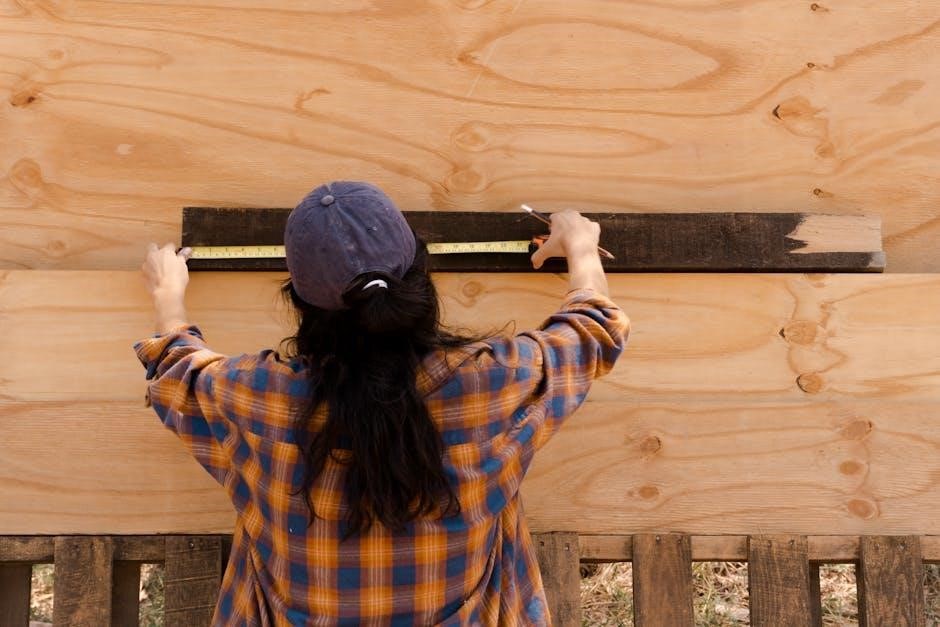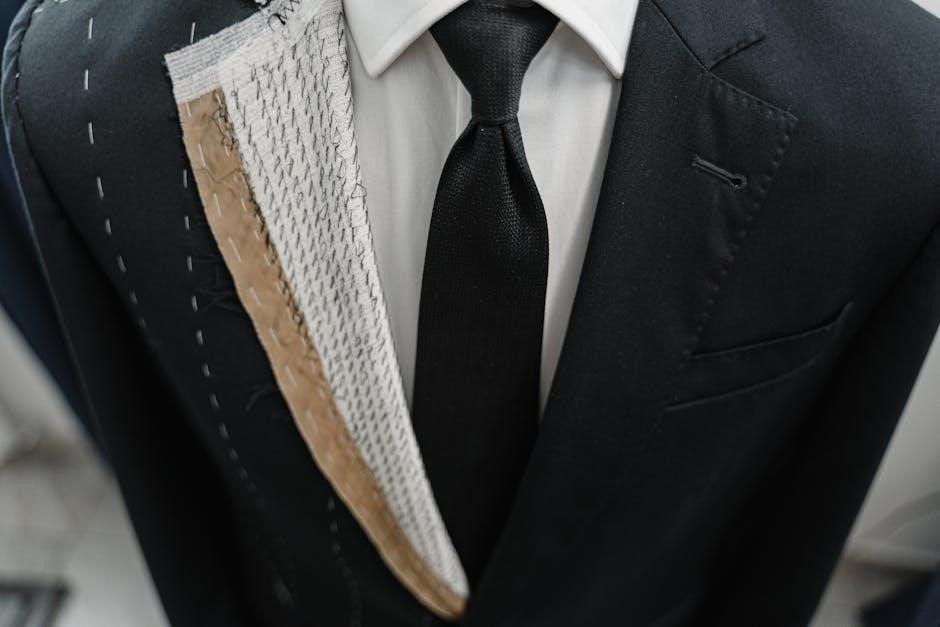
Accurate measurements are key to a perfect-fit shirt. Start by measuring your neck, chest, sleeves, and shoulders. Use a sewing tape measure and ensure it’s level and not too tight. Take notes carefully for precise sizing. This guide will help you determine your ideal fit, whether you’re shopping or tailoring your own shirts.

Understanding shirt measurements is essential for achieving a perfect fit. Whether you’re shopping off the rack or opting for a custom-made shirt, accurate measurements ensure comfort and style. The key areas to measure include the neck, chest, sleeves, and shoulders. These measurements form the foundation of your shirt size and fit type. A well-fitted shirt not only enhances your appearance but also boosts confidence. To measure correctly, you’ll need a flexible sewing tape measure and, ideally, assistance from someone else. The process is straightforward once you know the proper techniques. This guide will walk you through each step, helping you master the art of measuring like a professional. By the end, you’ll know exactly how to determine your size and ensure your shirts fit perfectly, whether for casual wear or formal occasions. Accurate measurements are the first step toward a wardrobe that looks and feels great.

Essential Measurements for a Perfect Fit
Securing the right fit begins with taking accurate body measurements. The four key measurements for a men’s shirt are neck size, chest size, sleeve length, and shoulder width. These measurements ensure the shirt sits comfortably and looks tailored. The neck size is measured around the base of the neck, where the collar will rest. The chest size is measured around the fullest part of the chest, ensuring the shirt allows for a full range of motion. Sleeve length is measured from the center back of the neck to the wrist, ensuring the cuffs hit the right spot. Finally, shoulder width is measured across the back, from one shoulder tip to the other, ensuring the seams align perfectly. These measurements form the cornerstone of a well-fitted shirt, balancing comfort and style. By mastering these essential measurements, you can confidently choose shirts that flatter your frame and meet your needs, whether for casual wear or formal occasions.
Understanding Shirt Sizes and Fit Types

Shirt sizes and fit types vary to accommodate different body types and preferences. Common fit types include slim fit, classic fit, and tailored fit. Slim-fit shirts are designed for a closer, modern silhouette, while classic-fit shirts offer a more relaxed, traditional cut. Tailored-fit shirts strike a balance between the two, providing a streamlined yet comfortable fit. Shirt sizes are typically determined by chest measurements, but sleeve length, neck size, and body length also play a role. Understanding your measurements helps you choose the right size and fit type. For example, a slim-fit shirt may require precise chest and sleeve measurements to ensure it doesn’t feel restrictive. Classic-fit shirts, on the other hand, offer more flexibility and comfort for broader builds. By matching your measurements to the right size and fit type, you can achieve a shirt that looks sharp and feels great. This guide will help you decode sizing charts and identify the best fit for your body type and personal style.
How to Measure Your Neck Size
Measuring your neck size is a straightforward process that requires a flexible sewing tape measure. Stand upright and relax your shoulders. Place the tape measure around the base of your neck, just above your Adam’s apple, and ensure it’s level and not twisted. The tape should feel snug but not tight—imagine it’s a shirt collar sitting comfortably around your neck. If you’re doing this alone, look in a mirror to check the positioning. If someone is helping you, they can read the measurement directly from the tape. The number where the tape meets is your neck size. For the most accurate result, take the measurement without tilting your head or stretching your neck. This measurement is crucial for determining your shirt size, as it ensures the collar fits comfortably without being too tight or too loose. Proper neck measurement is the foundation of a well-fitting shirt, so take your time to get it right. A good rule of thumb is to leave enough room to fit two fingers comfortably under the tape measure.

How to Measure Your Chest Size
To measure your chest size accurately, stand upright and relax your arms at your sides. Place the sewing tape measure around the widest part of your chest, typically just under your armpits and across the shoulder blades. Ensure the tape is horizontal, not twisted, and snug but not overly tight. Take a deep breath and exhale naturally; the measurement should be taken at the point where the tape feels comfortable but firm. The number on the tape at this point represents your chest circumference, which is crucial for determining your shirt size. For slim-fit shirts, you may want to add a small margin to this measurement for comfort, while regular-fit shirts typically use this measurement directly. If you’re unsure, consider having someone assist you to ensure the tape remains level and properly positioned. Accurate chest measurement is essential for achieving a flattering and comfortable fit, as it directly impacts how the shirt drapes across your torso. Always double-check your measurement to avoid any sizing issues.

How to Measure Your Sleeve Length
To accurately measure your sleeve length, begin by standing upright with your arms relaxed at your sides. Place the tape measure at the back of your shoulder, where the shoulder and arm meet, and run it down the arm, following its natural curve. The tape should be snug but not tight, and it should end just past the wrist bone, where the shirt cuff typically sits. For the most accurate measurement, consider averaging both arms if there is a slight difference in length. Measuring over a thin layer of clothing, like a t-shirt, is recommended. If possible, have someone assist you to ensure the tape remains correctly positioned. Record the measurement carefully to ensure your shirt sleeves fit comfortably and appropriately for the type of shirt you are measuring for. This precise measurement will help in selecting the perfect fit for your shirts.
The Importance of Shoulder Fit
The shoulder fit is a critical aspect of a well-tailored shirt, as it directly impacts both comfort and appearance. The shoulder seams should align perfectly with the natural end of your shoulders, ensuring the shirt sits smoothly without pulling or sagging. If the shoulders are too narrow, the shirt may feel restrictive and cause discomfort. Conversely, overly broad shoulders can make the shirt appear boxy and unflattering. Proper shoulder fit ensures freedom of movement and a balanced, proportionate look. To achieve this, measure across the back of your shoulders, from one shoulder tip to the other, keeping the tape measure level and parallel to the floor. This measurement helps determine the ideal shirt width. A well-fitted shoulder ensures the shirt drapes correctly, enhancing your posture and overall style. Neglecting shoulder fit can lead to a shirt that looks ill-fitting, regardless of other measurements. Thus, prioritizing shoulder fit is essential for a polished, tailored appearance.
Measuring Your Waist for a Tailored Look
Measuring your waist is essential for achieving a tailored fit, especially if you prefer slim-fit or fitted shirts. The waist measurement helps determine how the shirt will drape around your midsection. To measure accurately, stand upright and locate the narrowest part of your torso, typically just above your hipbone and below your ribcage. Wrap the tape measure around this area, ensuring it’s level and parallel to the floor. Do not pull the tape too tight or leave it too loose; it should feel comfortable against your skin. For a more precise fit, consider whether you prefer a relaxed, standard, or slim cut, as this will influence how your waist measurement is used. A well-measured waist ensures the shirt isn’t overly baggy or uncomfortably tight, creating a balanced and polished appearance. This step is particularly important for dress shirts, as it affects both comfort and style. By taking the time to measure your waist accurately, you can enjoy a shirt that fits perfectly and complements your body shape.

How to Measure Your Shirt Length
Measuring your shirt length ensures the perfect balance between style and functionality. To measure accurately, stand upright and place the tape measure at the base of the collar, directly below the neckline. Run the tape straight down to the desired hem length, ensuring it’s smooth and not twisted. The ideal length varies depending on your height and fit preference—typically, it should cover the waistband of your pants and fall just above the hip for a standard fit. For a more tailored look, the shirt should be long enough to stay tucked in but not so long that it appears bulky. If you prefer a slim-fit or modern style, you may opt for a slightly shorter length. Always measure while standing straight with your feet shoulder-width apart. For the most accurate results, wear a shirt that fits well and use it as a reference. This ensures the new shirt will align with your body proportions and personal style. Proper shirt length enhances both comfort and aesthetics, making it a crucial measurement for a flawless fit.

Tips for Taking Accurate Measurements

To ensure precise measurements, use a flexible sewing tape measure and stand upright in front of a mirror. Keep the tape level and parallel to the floor for consistency. Avoid slouching or holding your breath, as this can distort results. For chest and waist measurements, the tape should be snug but not tight. When measuring sleeve length, bend your arm slightly to account for natural movement. Always measure over the same undergarments or a thin shirt to maintain consistency. If possible, have someone assist you to ensure accuracy, especially for hard-to-reach areas like the back. Take multiple measurements to verify your numbers. Double-check your calculations, especially when doubling chest measurements for shirt circumference. Consider your posture and body alignment to ensure the tape lies flat; For the best fit, compare your measurements to a well-fitting shirt you already own. Finally, record your measurements clearly and refer to them when shopping or tailoring. Accurate measurements are the foundation of a perfect fit, so take your time and be precise.